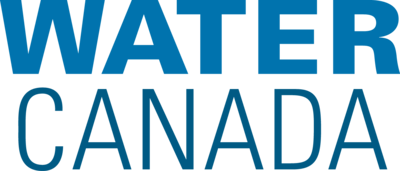WC144 SeptOct 2025 - Magazine - Page 26

CONSERVATION
often due to a lack of clarity about
indirect emissions and their potential to influence changes in external
sources. The approach taken by the
Region of Waterloo was qualitative
“Merely considering a facility’s total emissions can be misleading unless
and presented numerous challenges.
There are often multiple factors to
utilities evaluate emissions relative to many factors, such as the facility’s
consider, and they may have varying
degrees of impact on GHG emisproduction 昀氀ow, to ensure an accurate, comparable assessment.”
sions. This easy-to-use OWWA/
WEAO tool can be leveraged and
transformed to support water
utilities across Canada in gaining a
deeper understanding of their emissions and making more informed
decisions.
A deeper understanding of each
facility better positioned the Region
to consider its GHG impact when
optimizing existing facilities or
building additional water treatment
facilities. This will support decision-making for strategic investments to achieve the Region’s broader climate commitments, including
its goal to reduce GHG emissions
by 80 per cent by 2050.
The Region’s experience provides
a valuable case study for other
municipalities aiming to incorporate climate action into water
planning. By using the OWWA/
The OWWA/WEAO tool enabled a better understanding of GHG emissions for the overall
WEAO GHG Inventory Tool, the
drinking water treatment system.
Region has not only enhanced its
understanding of emissions but
also increased its capacity to make
that reducing direct and indirect emissions would require a collabdata-driven, climate-conscious decisions regarding its water
orative effort among internal departments (e.g., procurement) and
supply. The project team will be able to use the observaexternal organizations (e.g., chemical producers). Equipped with
tions from the existing conditions to estimate the emissions
data to facilitate these conversations, the Region is better prepared
for proposed options. This will help the Region to assign
to effect real change.
scoring for the environmental criteria, specifically regarding
For those looking to complete facility-by-facility comparisons,
the ability to minimize climate change impacts.
in-depth institutional knowledge of each facility is essential to fulTo explore more about the Region’s findings and how the
ly understand the results of this tool and support decision-making.
OWWA/WEAO GHG Inventory Tool is supporting CanaMerely considering a facility’s total emissions can be misleading
da’s first Net Zero Water Roadmap, visit the Canadian Water
unless utilities evaluate emissions relative to many factors, such as
Network’s website at cwn-rce.ca. The Net Zero Roadmap
the facility’s production flow, to ensure an accurate, comparable
project is funded by the Government of Canada’s Low Carassessment.
bon Economy Fund Implementation Readiness stream.
Before the development of the OWWA/WEAO GHG InvenTo stay informed or contribute to the Water Supply
tory Tool, water utilities across Canada found that completing
Strategy Update, visit the Region’s EngageWR - engagewr.
emission inventories was primarily limited to direct emissions,
ca - page for updates and engagement opportunities.
26
WATER C AN ADA • SEP TEMBER/OCTOBER 2025
WAT E R C A N A D A . N E T